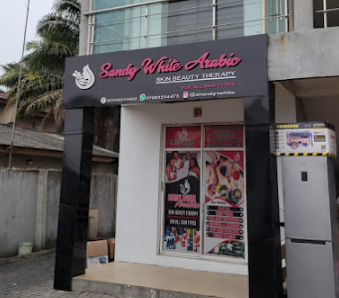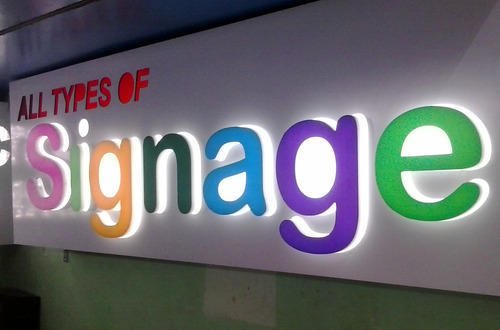

In the world of retail, first impressions are crucial. A well-designed shop front has the power to captivate passersby, draw them into your store, and leave a lasting impression. In this blog, we’ll explore the importance of shop front design and share tips on how to create an inviting and memorable exterior that reflects your brand and entices customers to step inside.
Your shop front is an extension of your brand and should visually communicate your unique identity. Consider elements such as color schemes, typography, and signage that align with your brand’s personality and values. Whether it’s modern and minimalist or vibrant and playful, your shop front design should reflect the essence of your business and create a sense of intrigue for potential customers.
The signage on your shop front plays a pivotal role in attracting attention and making your business easily identifiable. A well-designed logo and clear signage that features your business name or logo should be prominent and easy to read. Opt for high-quality materials that withstand the elements and choose colors and fonts that align with your brand identity. Invest in professional signage that leaves a lasting impression on anyone passing by.
Window displays are an excellent opportunity to showcase your products and capture the interest of potential customers. Create visually appealing displays that tell a story or evoke emotions. Change them regularly to keep things fresh and engage passersby. Use props, lighting, and carefully curated product arrangements to highlight your offerings and inspire curiosity. A well-designed window display can spark desire and draw customers inside to explore further.
Strategic lighting can transform the look and feel of your shop front, making it more inviting and enhancing its visibility, particularly during evening hours. Experiment with different lighting techniques, such as spotlighting key features or using warm and welcoming lighting to create an inviting ambience. Lighting can also be used to draw attention to specific areas or products within the shop, guiding customers’ eyes and influencing their browsing patterns.
Make sure your shop front has a clear and inviting entrance. Keep the entrance area clutter-free and easy to navigate. Consider using welcoming elements such as a well-designed entrance mat, a tasteful awning or canopy, or even potted plants to create a pleasant and inviting atmosphere. Ensure that the entrance is easily accessible for customers, including those with disabilities, and comply with any relevant local regulations or guidelines.
Regular maintenance and upkeep of your shop front are essential. Keep the exterior clean, tidy, and free from any debris or obstructions. Regularly inspect signage, lighting, and other fixtures to ensure they are in good condition. A well-maintained shop front demonstrates your commitment to quality and attention to detail, instilling confidence in customers about the overall shopping experience they can expect.
Before implementing any shop front design changes, familiarize yourself with local regulations, permits, and guidelines. Different municipalities may have specific requirements regarding signage size, materials, lighting, and other aspects of shop front design. Ensure compliance with these regulations to avoid any penalties or conflicts with local authorities.
Your shop front design serves as the face of your business, representing your brand and inviting customers to step inside. By carefully considering elements such as branding, signage, window displays, lighting, and overall aesthetics, you can create a visually appealing and memorable exterior that captures attention and entices potential customers. Investing in an attractive and well-designed shop front not only enhances your business’s visibility but also sets the stage for a positive customer experience from the moment they encounter your store.

5 Powerful Ways Signage Empowers Self-Service Customers and Enhances Satisfaction

5 Surprising Ways Quality Signage Can Transform Your Business in

7 Emotional Triggers Your Signage Should Tap Into (If You

10 Crucial Things You Must Know About Signage Laws in
100% Original products that covered warranty by the vendor.
You have the right to return your orders within 30 days.
Your orders are shipped seamlessly between countries.
Your payments are secure with our private security network.